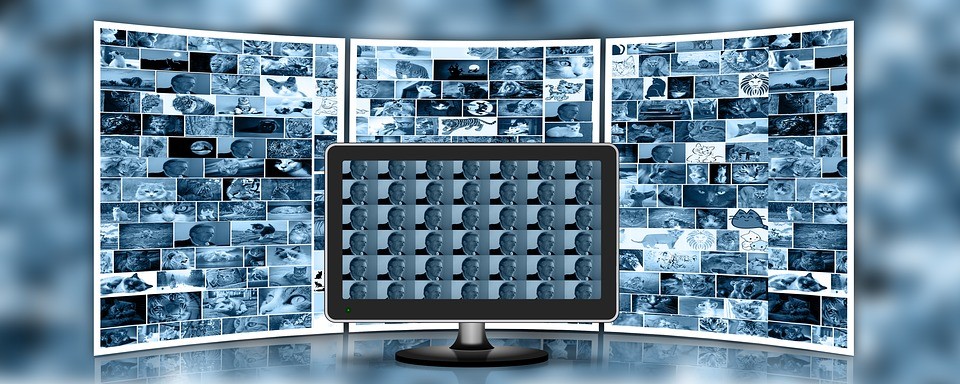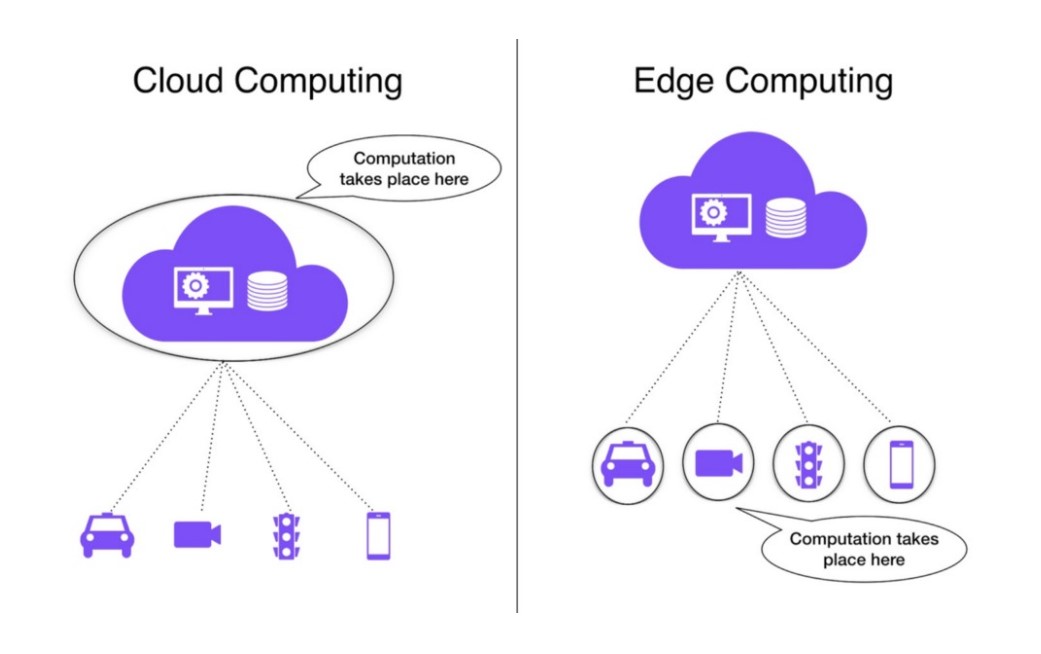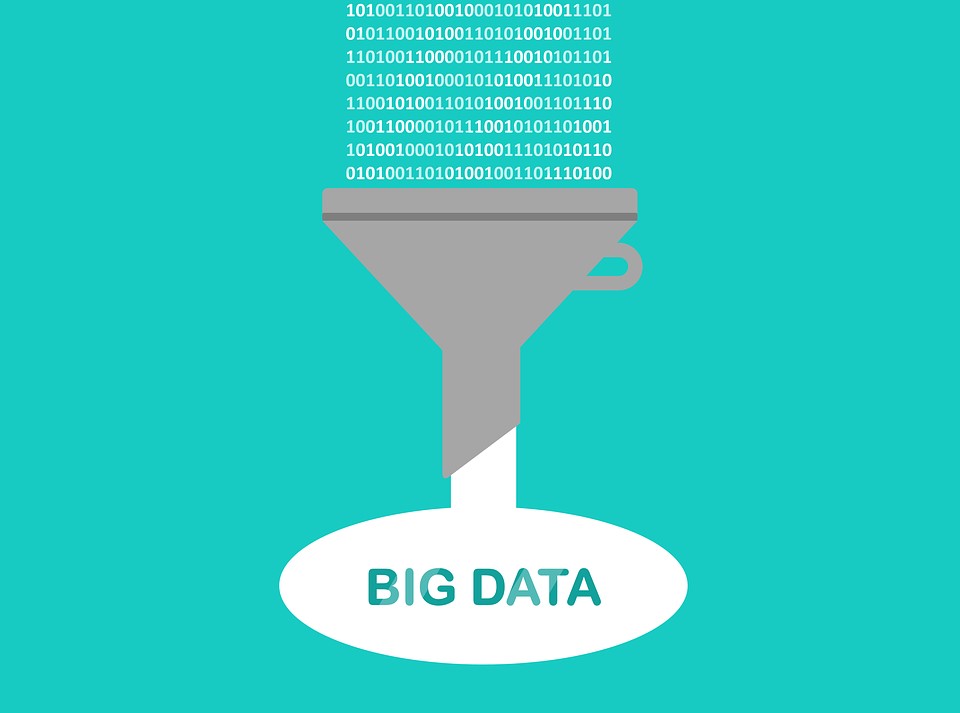Technology Trends for SME’s that can create a Big Impact in 2021
The world is changing every day and technology is influencing the way we live and work.
Whether it is the use of social media for communication or the manner in which we are getting an education, advancements in technology have gripped our imagination like never before. It is therefore intriguing to see how this rapid expansion of technology affects the business world.
It’s no secret that using digital tools such as online and e-commerce marketing methods can benefit small business. Small businesses with less than 250 employees can access new markets and target new customers at a relatively affordable cost using digital tools.
Changes in technology inevitably mean changes in the way we shop and do business. It may seem that these innovations favor big enterprise – or that only big corporations can afford them. But the truth is that Small and Medium Enterprises (SME) have much to gain from embracing new technologies, and these tools are frequently both affordable and cost-effective.
Let’s discuss SME business technology trends that can positively meet business technology needs in this article.
Artificial Intelligence and Machine Learning

The rise of artificial intelligence and machine learning is one of the most significant trends. AI is a rapidly growing technology and has become a universal part of our lives. Due to this rapid growth in technology, a tremendous transformation can be seen taking place within businesses every day.
While machines and systems become more capable of handling workload and managing processes, a greater amount of R&D in AI and its applications is now poised to revolutionize nearly every industry in the next decade. ERP, CRM and BPM players have all started integrating artificial intelligence and machine learning tools into their offerings thereby enabling last mile automation. Big companies such as SAP, Microsoft, Oracle, Google, Apple, and Amazon are already using AI technology to boost the customer experience.
Edge Computing

As cloud computing is an internet-based technology that allows users to access data, share computers and use cloud hosting to store data and resources from anywhere, it’s not without its risks.
More companies in 2020 are leaning toward edge computing, where content and data storage are brought closer to the location where it is needed, improving response times and saving bandwidth. This meets the need of understanding and making decisions about data without having to send it to the cloud.
The rise of AI algorithms and improved sensors in the hardware will also yield the ability to host more applications. Edge Computing typically executes close to the data source, for example onboard or adjacent to a connected camera.
A self-driving car is a perfect example of Edge Computing. In order for cars to drive down any road safely, it must observe the road in real-time and stop if a person walks in front of the car. In such a case, processing visual information and making a decision is done at the Edge, using Edge Computing.
Cybersecurity

Cybersecurity attacks are on the rise and are becoming big issues for every online business. The level of sophistication of cybercrimes is also getting more advanced and in order to protect company data, every business has to consider cybersecurity in terms of a prevention.
In 2020, smarter and more brute AI-powered attacks could be adopted by hackers by narrowing down probable passwords. This year will also see cryptographic attacks using advanced level pattern recognition capabilities impacting a rise in cybersecurity technology trends.
Big Data

According to industry experts, data is creating new opportunities for businesses’ growth. Big data helps in filtering, managing, and analyzing hundreds of billions of rows of information.
The use of big data is becoming common these days and as far as services or ecommerce companies are concerned, big data tools like Hadoop, R-Programming, Cloudera, OpenRefine are proving to be of significant help. These tools are analyzing customer databases to improve their business and to find new growth opportunities.
Chatbot Technology

Chatbots is a software or computer program that can be easily incorporated on any website, and people use them to communicate with the help of artificial intelligence. Chatbots are gaining instant popularity and being implemented by companies that are providing 24/7 services.
This technology is excellent for managing customer service and improving productivity. Customers can put across their queries directly to the customer service agents and get a response immediately.
Blockchain Technology

Blockchain has enormous potential for integrating future technologies. It is a powerful, secure transaction technology for digital assets that can help in improving payment systems, identity verification, distributing digital information and transactions through various cryptocurrencies. The distributed ledger network of blockchain keeps verifiable records of each and every transaction ever made in the system.
Because of the Bitcoin cryptocurrency, the transaction technology is getting so much buzz that the Linux Foundation has created tools for building out blockchain collaboration networks.
Automation Technology

Automation tools are primed to be the next key factors for the success of small businesses because they are extremely helpful in managing and improving work performance of employees and company growth. Technology trends in Automation are helpful for business in terms of revving up marketing campaigns, monitoring and analyzing numbers and information from a variety of sources.
In addition to that, automation tools improve communications, sales, and revenues, access data, create and manage invoicing, organize webinars, manage inventories, increase customer experience, payroll, HR, so on and so forth. There are many automation tools like Newgen and WebHR that can dramatically increase efficiency and productivity of businesses.
Voice Technology

Voice commands and visual assistants will be even more effective in our daily lives in the near future, muddling the distinction between the interfaces of human technology. As the underlying technology of these industries advances (AI, speech recognition, machine learning), it will only be pushed into greater technical significance. Businesses need to be aligned with the latest voice technology trends in 2020.
One of the fascinating parts of voice technology is Neuro-linguistic Programming or NLP. This programming environment, called NLP, would make it possible for machines and systems to understand the true meaning of speech.
Facial Recognition Technology

Facial recognition technology uses a software application to create a template by analyzing images of human faces in order to identify or verify a person’s identity. Today it’s considered to be the most natural of all biometric measurements. And for good reason – we recognize ourselves not by looking at our fingerprints or irises, for example, but by looking at our faces.
Biometrics are used to identify and authenticate a person using a set of recognizable and verifiable data unique and specific to that person. We saw the value in using facial recognition technology with our mobile app to make it more of a secure environment for our users. We know that this is a way to verify that we can keep our eco-system free of users we don’t want.
5G Technology

5G is the fifth generation cellular network technology that is poised to gradually replace 4G LTE connection. 5G promises faster downloading and uploading times and the elimination of latency between different devices’ communication. This advancement is a major step in the development of the internet of things (IoT), as 5G networks are more capable of supporting the influx of interconnected smart devices.
5G was built with IoT sensors in mind and small businesses can leverage those sensors by optimizing their workflows with automation, assisting them with tracking devices in delivery vehicles, operating CCTV cameras, or placing a motion detector in a store during afterhours. With 5G, the possibilities are endless.
Contactless Payments

Mobile payment (or “contactless payment”) options such as Apple Pay, Google Wallet, Samsung Pay have major benefits for customers and vendors alike.
Contactless payment makes transactions faster and more convenient, minimizing lines at the register and increasing customer satisfaction. They allow your business to better target coupons and discounts to individual customers by integrating with CRM and loyalty program tools. These solutions can also sync with inventory management tools to help you track your stock. And they can significantly cut down on the fees you pay on credit card transactions.
These payment options are already being embraced by some small businesses, but will increase in ubiquity as customers grow ever more mobile-dependent and as the security of these solutions becomes more robust.
Distributed Teams

Between the booming freelance market and the rise of robust cloud collaboration tools, more and more employees are working remotely. Many companies are moving to a partially or even fully distributed team model, which can minimize overhead costs while still enabling employees and business partners to collaborate seamlessly.
Having a distributed team also dramatically increases the size of your potential talent pool when looking to outsource tasks or fill a position. Having a roster of talented contractors to draw on allows to access a wider range of specialized skills (and, when needed, add more work hours to a specific project) without paying additional full-time staff salaries.
Deep Analytic Tools

Small business owners and managers often struggle to deal with large quantities of data, especially in the manufacturing sector, where factory floor IoT sensors and supply chain data signals can quickly turn into overwhelming goldmine of information. Hiring a dedicated data scientist is usually not possible, and outsourced packages are costly.
Analytics apps do the heavy lifting when it comes to drawing meaningful, actionable conclusions from large swathes of data. And we are not just talking about straightforward reporting features that tell you about your overall conversion rate and website traffic.
These services process vast amounts of data, encompassing every aspect of your customer journey, employee activities and business ecosystem as a whole, delivering practical insights aimed at achieving concrete results. Whether you want to optimize your workshop floor’s efficiency, recognize pricing trends before it’s too late or even just make sense of all your manufacturing data, today’s most valuable analytics software products make it easy for non-technical users to win with data-driven management approaches.
Comprehensive HR Technology

One area that increased in importance in 2020 as a result of the coronavirus pandemic was the need for comprehensive human resources software and tech that will help small business owners keep track of their employees and their needs. Experts say that they expect these technology trends to continue in 2021.
The shift to remote work has changed businesses in terms of productivity, engagement, culture, two-way communication and employee development, and has highlighted the need for effective technology to help navigate these challenges.
By looking at HR tech as more than just a “system of record”, HR Leaders are starting to understand that it can also help create a system of engagement.
Many small businesses rely on Excel charts or antiquated HR systems to manage their people, but employees expect and deserve more, which is where centralized systems come into play.
Software Unification

In the modern workplace, more and more technology driven solutions are trending for communication. Companies use Microsoft Teams to connect teams, Outlook to send important documents, SAP or Microsoft Dynamics CRM to manage customers, Basecamp to plan projects and Google Drive or OneDrive to store company information, for example.
Connecting software to work with other software is hard and there is going to be a breakthrough with integration platforms that will allow any software to connect well with any other software.
It is predicted that in 2021, the connection will finally link multiple platforms and allow for seamless communication, becoming one of the rising technology trends. For example, customer information will change simultaneously across platforms if it’s adjusted in just one, and this unification can save business’ time.
Are the 2021 Technology Trends for your Business?
While change can be difficult and confusing, it also creates opportunities. This is particularly the case when it comes to technology. Small businesses that effectively leverage new tech can achieve a variety of positive outcomes. These include more efficient, streamlined processes, higher-quality customer journeys, and happier employees.
What’s more, user-friendly and cost-effective apps provide small businesses with a means of implementing innovations without the need for specialists. So now there’s really no excuse for lagging behind.
Author



